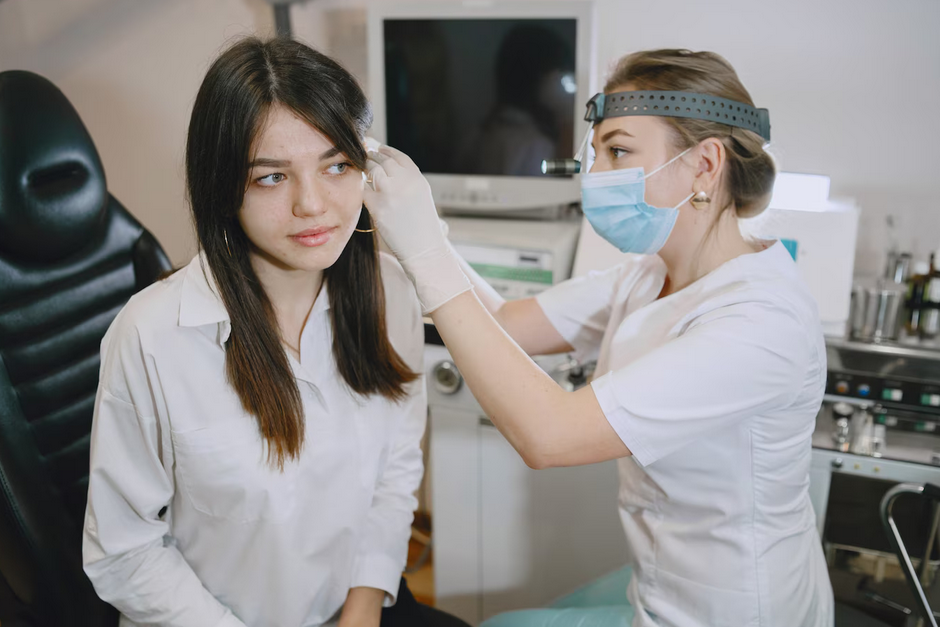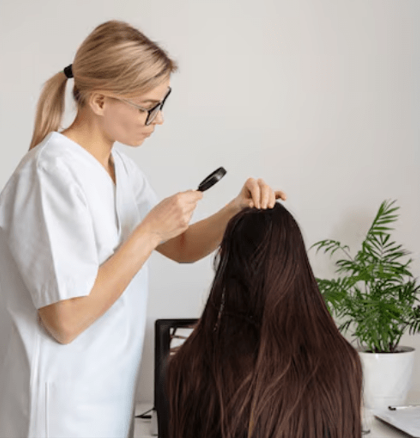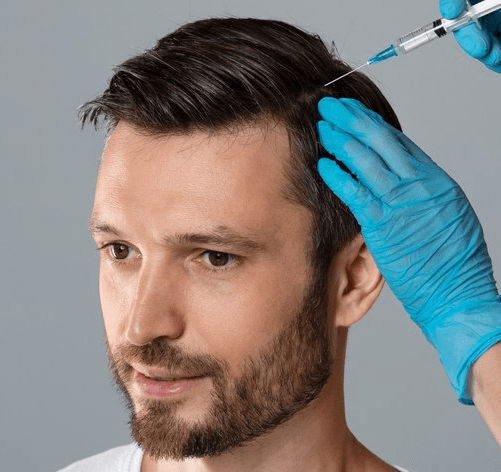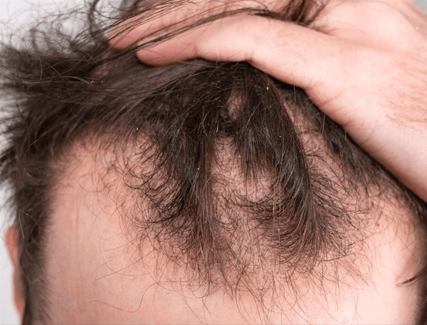Ptosis correction surgery—also known as blepharoptosis repair—is a delicate and highly specialized procedure aimed at lifting drooping eyelids to restore both function and aesthetics. For medical tourists coming to Korea, selecting the right surgeon is a critical step that impacts the safety, effectiveness, and overall satisfaction of the surgery.
South Korea is renowned for its advanced plastic and oculoplastic surgery, but with many clinics and surgeons to choose from, how do you pick the best ptosis correction surgeon? This comprehensive guide will help you navigate the process to make an informed decision, ensuring your treatment is in expert hands.
Why Choosing the Right Surgeon Matters for Ptosis Correction
Ptosis surgery involves intricate manipulation of delicate muscles and eyelid tissues. A skilled surgeon must have:
- Extensive experience in oculoplastic surgery
- A deep understanding of eyelid anatomy and function
- Artistic precision to balance symmetry and natural appearance
- Ability to handle complications or revisions if needed
Choosing the wrong surgeon can lead to unsatisfactory results, asymmetry, prolonged recovery, or even vision problems.
Step 1: Look for Board-Certified Oculoplastic Surgeons
In Korea, ptosis correction is often performed by:
- Oculoplastic surgeons (ophthalmologists specialized in eyelid and orbital surgery)
- Plastic surgeons with a subspecialty in eye procedures
Check that your surgeon is board-certified by reputable organizations such as:
- Korean Ophthalmological Society (KOS)
- Korean Society of Plastic and Reconstructive Surgeons (KSPRS)
- International Society of Ophthalmic Plastic and Reconstructive Surgery (ISOPRS)
Board certification indicates rigorous training and adherence to high surgical standards.
Step 2: Review Surgeon’s Experience and Case Portfolio
Experience matters significantly. When evaluating a surgeon:
- Ask how many ptosis surgeries they have performed annually.
- Request to see before-and-after photos of their previous patients.
- Look for surgeons with at least 5–10 years of specialized eyelid surgery experience.
- Check if they have experience treating complex or revision cases.
Many top Korean clinics like Banobagi, View Plastic Surgery, and JK Plastic Surgery Center showcase surgeon portfolios online or during consultations.
Step 3: Read Verified Patient Reviews and Testimonials
Authentic patient feedback offers valuable insights into:
- Surgeon’s bedside manner and communication skills
- Clinic environment and staff professionalism
- Post-operative care and follow-up quality
- Realistic expectations about results and recovery
Websites such as RealSelf, Google reviews, and Korean medical tourism forums have testimonials from international patients. Be cautious of overly promotional or fake reviews.
Step 4: Verify Clinic Accreditation and Technology
Your surgeon’s skills are crucial, but so is the clinic environment:
- Ensure the clinic is accredited by the Korean Ministry of Health and Welfare.
- Confirm they use state-of-the-art surgical microscopes and sterile operating rooms.
- Look for availability of advanced imaging and diagnostic tools for pre-op assessment.
- Clinics catering to international patients often have multilingual coordinators to ease communication.
Step 5: Schedule a Thorough Consultation (In-Person or Virtual)
Before committing:
- Discuss your ptosis severity, medical history, and aesthetic goals.
- Ask about the type of ptosis correction recommended (levator advancement, frontalis sling, etc.).
- Inquire about risks, expected recovery timeline, and revision policy.
- Ensure the surgeon explains the procedure clearly and answers your questions patiently.
Many Korean clinics offer free virtual consultations for medical tourists, helping you build trust even before you arrive.
Step 6: Consider Surgeon’s Artistic Eye and Natural Results
Ptosis correction is both a medical and artistic procedure. Look for a surgeon who emphasizes:
- Symmetry but understands slight natural asymmetry
- Preservation of natural eyelid crease and contour
- Avoidance of a “surprised” or “stretched” look
- Balanced functional and aesthetic outcomes
During consultations, ask for patient photos that reflect results you want to achieve.
Step 7: Understand the Surgeon’s Post-Operative Care and Support
Surgery is just the start. Good surgeons provide:
- Clear post-op instructions in your language
- Scheduled follow-up visits to monitor healing
- Availability for concerns or emergencies (even after you return home)
- Coordination with your local doctors if needed
This is especially important for medical tourists who travel far from Korea.
Step 8: Evaluate Cost Transparently But Don’t Compromise Quality
While budget is important, prioritize safety and expertise over the lowest price.
Typical ptosis correction costs in Korea range from:
- ₩2,000,000 to ₩5,000,000 KRW ($1,500–$4,000 USD), depending on complexity.
Ask if the price includes pre-op exams, anesthesia, follow-up visits, and any necessary revisions.
Bonus Tips for Medical Tourists
- Choose clinics with international patient services, including airport pickup, accommodation assistance, and English-speaking staff.
- Check COVID-19 and travel restrictions beforehand.
- Consider combining ptosis surgery with other eyelid or facial rejuvenation procedures for convenience.
Conclusion
Choosing the best surgeon for ptosis correction in Korea requires careful research, thorough consultation, and attention to credentials and patient satisfaction. With Korea’s world-class oculoplastic surgeons and advanced medical infrastructure, you can achieve safe, effective, and natural-looking results—making your medical tourism experience both rewarding and life-changing.




